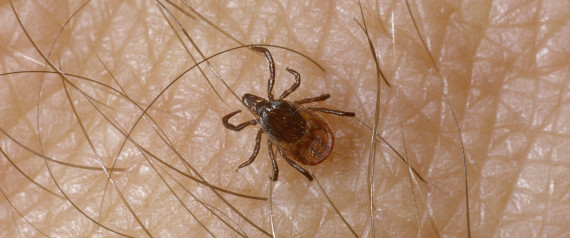The Rumor Of Ice Water & Dogs
An old Internet rumor resurfaces and has dog owners wondering: Is ice bad for dogs?
From VeterinaryPracticeNews.com

Photo from National Weather StationWe
We have been getting a lot of questions from clients and friends asking if ice water is lethal to dogs? It’s a rumor that’s circulating the Internet and worrying dog owners.
The cautionary tale (titled "NO ICE WATER FOR DOGS...PLEASE READ ASAP”) was written in 2010, but the rumor has been circulating since 2007. It centers on a dog named Baran, and his owner who unthinkingly added ice cubes to the dog’s water bowl to help him cool off on a hot day. Shortly after, Baran appears to be in distress and is rushed to the animal hospital. The veterinarian tells the owner that the ice water caused the dog to experience violent muscle spasms in his stomach, which led to bloating. Bloat — also known as gastric dilation-volvulus—is a life-threatening condition in dogs.
Dogs can bloat after eating or drinking too fast in general, regardless of the temperature of the water or whether or not the water contains ice cubes. When a dog is hot and thirsty, he very likely might drink the water too fast -- and swallow lots of air in the process -- which can be a recipe for bloat. When a dog’s stomach bloats, it twists and traps air, gas and food, cutting off the blood supply to the stomach and nearby organs. The dog’s stomach then becomes distended, and without immediate help, the dog can suffer from shock or organ failure, or even die.
Here are the dangers of ice, heat stroke and bloating.
Ice
Although eating ice technically is safe for dogs, eating ice can pose a few dangers. Dogs that munch on ice can potentially damage or break their teeth, or the ice could possibly become lodged in the dog’s throat. Supervision is required whenever ice is given to a dog.
Heat Stroke In Dogs
Tips on how to treat heat stroke in dogs.
• If a dog becomes overheated, it's important to cool your dog off gradually
• Dog owners should initially use a wet towel to cool off any dog suspected of heat stroke or overheating, and then gently mist them off (do not spray them or submerse them in water)
• A fan can be used to help increase evaporative cooling, and the dog can lay on a cool floor surface.
• Once the body temperature is gradually reduced to 103 F, further cooling efforts are not necessary. If a dog is cooled off too quickly, they can go into shock and organ failure.
Bloat In Dogs
While the cause is unknown, rapid eating, eating only one large meal daily, a dry-food-only diet, overeating, over-drinking, heavy exercise right after eating, a fearful temperament, stress, trauma and abnormal gastric mobility are all risk factors.
It is best to feed several small meals per day, don’t let your dog drink lots of water all at once, and restrict heavy exercise for about an hour after mealtimes.







